Juice It Up: How to Charge Your Lifepo4 Battery Like a Pro
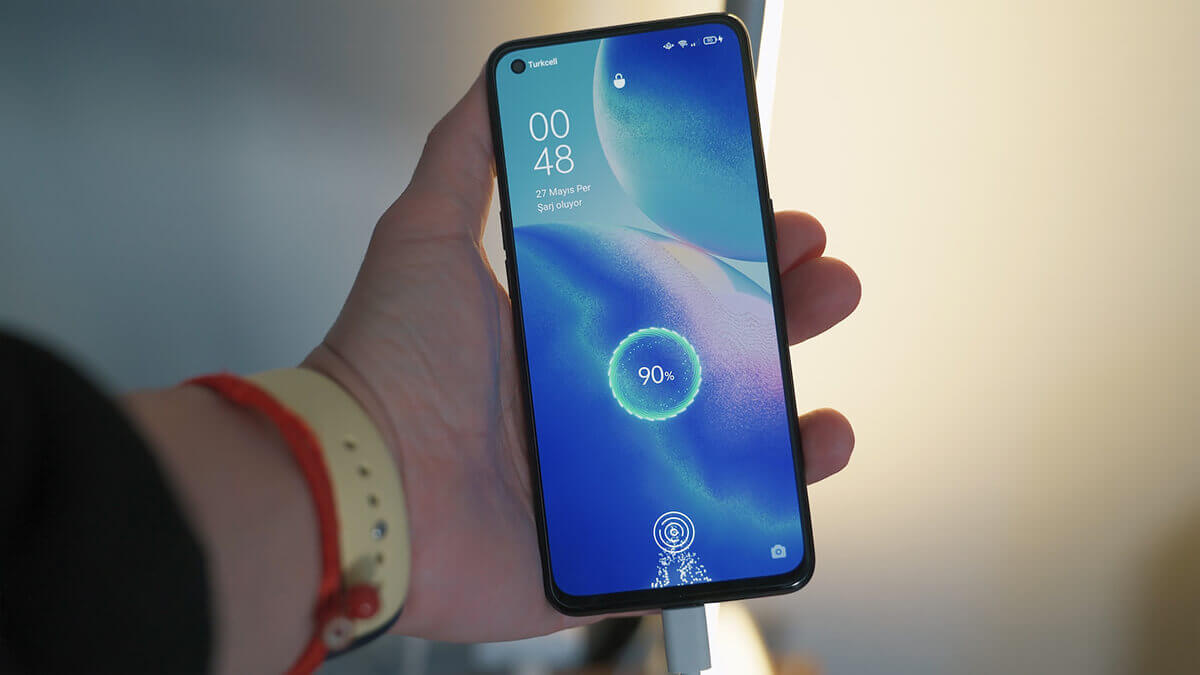
It is a common misconception that charging a LiFePO4 battery requires an extensive, complex process. In reality, the procedure for properly charging any such battery can be simplified to just three steps and anyone with basic knowledge of battery technology can follow it without difficulty. For those who are new to this type of power source but would like to gain control over their own energy needs, I'd like to provide an easy-to-understand guide on how to charge your LiFePO4 Battery safely and effectively.
The first step in taking care of your LiFePO4 Battery involves making sure you have all the appropriate equipment. This includes things like chargers that are compatible with lithium iron phosphate cells, as well as other tools necessary for monitoring voltage levels during the recharge cycle. It's also important to make sure you're using quality components so as not to damage or degrade the performance of your device.
Once you've gathered everything together, it's time to begin the actual charging process itself. The key here is ensuring that the current stays within safe limits according to manufacturer specifications; otherwise, there could be serious consequences such as damaging both the cell and its surroundings. To ensure proper safety protocols are followed when recharging a LiFePO4 Battery, keep track of temperature readings throughout the entire process and monitor voltage levels carefully at every stage until full capacity has been reached.
Definition Of Lifepo4 Battery
LiFePO4 batteries are a type of rechargeable battery that utilizes lithium iron phosphate (LFP) as its cathode material. This technology offers many advantages over traditional lead acid or nickel-based chemistries, such as improved safety, higher specific energy density, and better voltage output. LiFePO4 batteries have become popular in applications requiring reliable energy storage, including electric vehicles and solar power systems.
When compared to other lithium ion technologies like cobalt oxide and manganese spinel, LiFePO4 has the highest thermal stability due to its low operating temperature which makes it much safer than these alternatives.
Additionally, this chemistry provides an enhanced cycle life with up to 3000 cycles at 100% depth of discharge. With consistent performance over time, LiFePO4 is the ideal choice for stationary installations where charging cycles are frequent and ongoing maintenance is necessary.
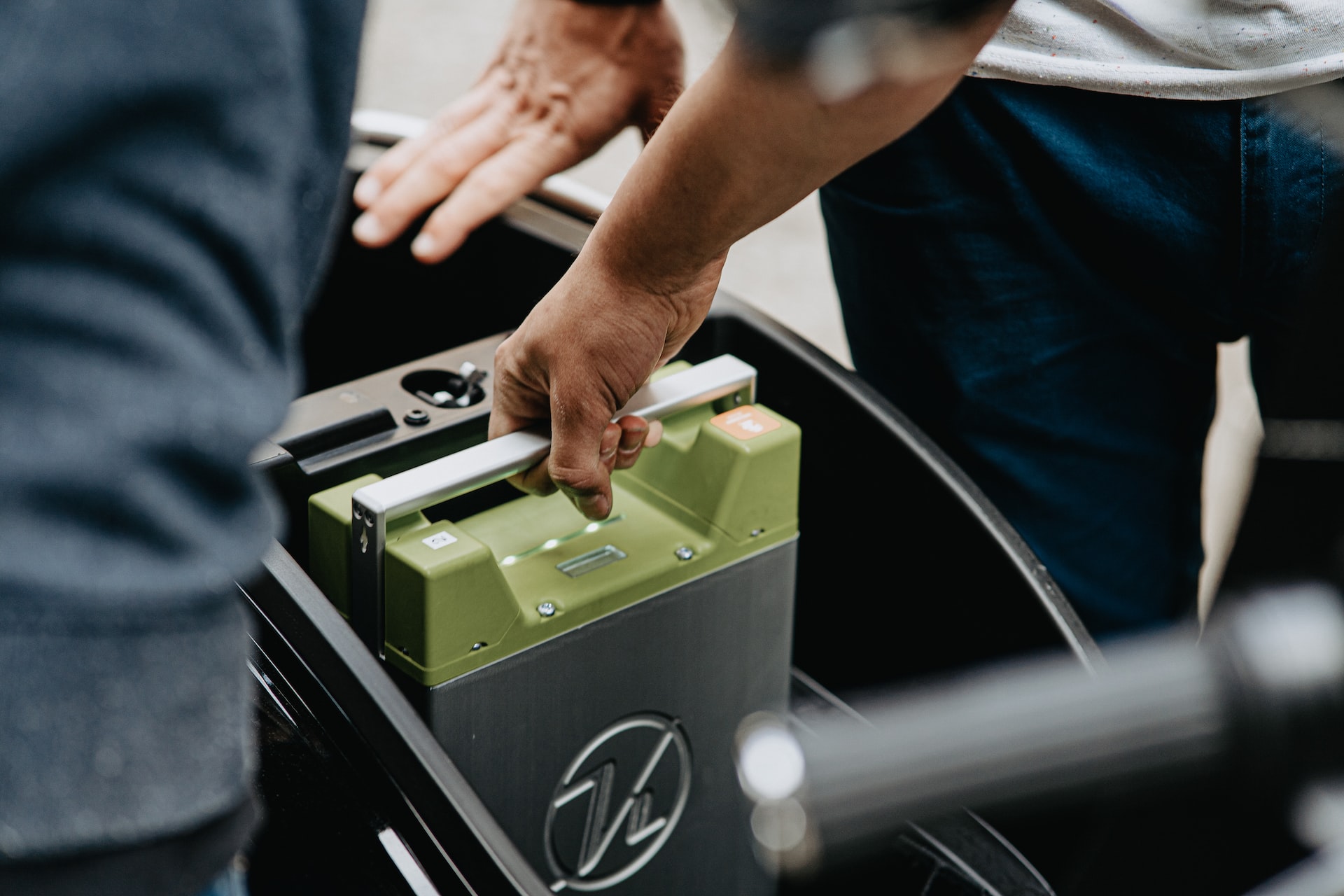
The key factor in maintaining optimal performance from any battery system is proper to charge management. If a LiFePO4 battery isn't charged correctly, there can be permanent damage resulting in a reduced capacity or shortened lifespan - meaning more money spent on replacement costs down the road.
To ensure maximum efficiency and longevity of your LiFePO4 battery setup, it's important to follow manufacturer instructions when setting up your charging regimen so you get the most out of your investment.
Safety Precautions
Charging a LiFePO4 battery is not as straightforward as charging other types of batteries. To ensure the safety and longevity of your battery, there are certain precautions to take when charging it.
Firstly, you must always use an appropriate charger that is suited for LiFePO4 batteries. Using a generic charger could be dangerous and lead to overcharging or undercharging which would significantly reduce the lifespan of the battery.
It's also important to check all connections before beginning the charge cycle faulty wiring can cause sparks and fires.
When it comes to voltage levels, make sure your charger does not exceed 4.2V per cell in order to avoid overcharging and damaging the cells irreparably.
Finally, keep in mind that extreme temperatures during charging can greatly affect how much current flows into the cells - so if you're operating at cold temperatures, lower the current accordingly so as not to risk overcharging or short-circuiting your battery.
As long as these basic guidelines are followed, you'll have no issues with safely charging your LiFePO4 battery!
Charging Characteristics
When charging a lifepo4 battery, it's important to understand its unique characteristics. This type of rechargeable battery delivers high power and extended cycle life compared to traditional lead-acid batteries but has specific requirements for proper charging.
To maximize the performance and longevity of your lifepo4 battery, keep these three key points in mind:
- Charging Characteristics:
- Power Delivery: A lifepo4 battery can be charged quickly with a large current input up to maximum capacity. It is best not to exceed the manufacturer’s recommended charge rate or the voltage limit so as not to damage the cell.
- Cycle Life: The number of times you can safely charge and discharge a lifepo4 battery depends on how deeply each cycle is discharged and at what temperature it operates. Lower temperatures will increase cycle life while higher temperatures will decrease it.
- Battery Performance: Lifepo4 batteries are very sensitive to overcharging and discharging which could result in reduced run time and shorter cycle life if left unchecked. Keep an eye on voltage levels throughout the charging process to ensure optimal performance from your battery.
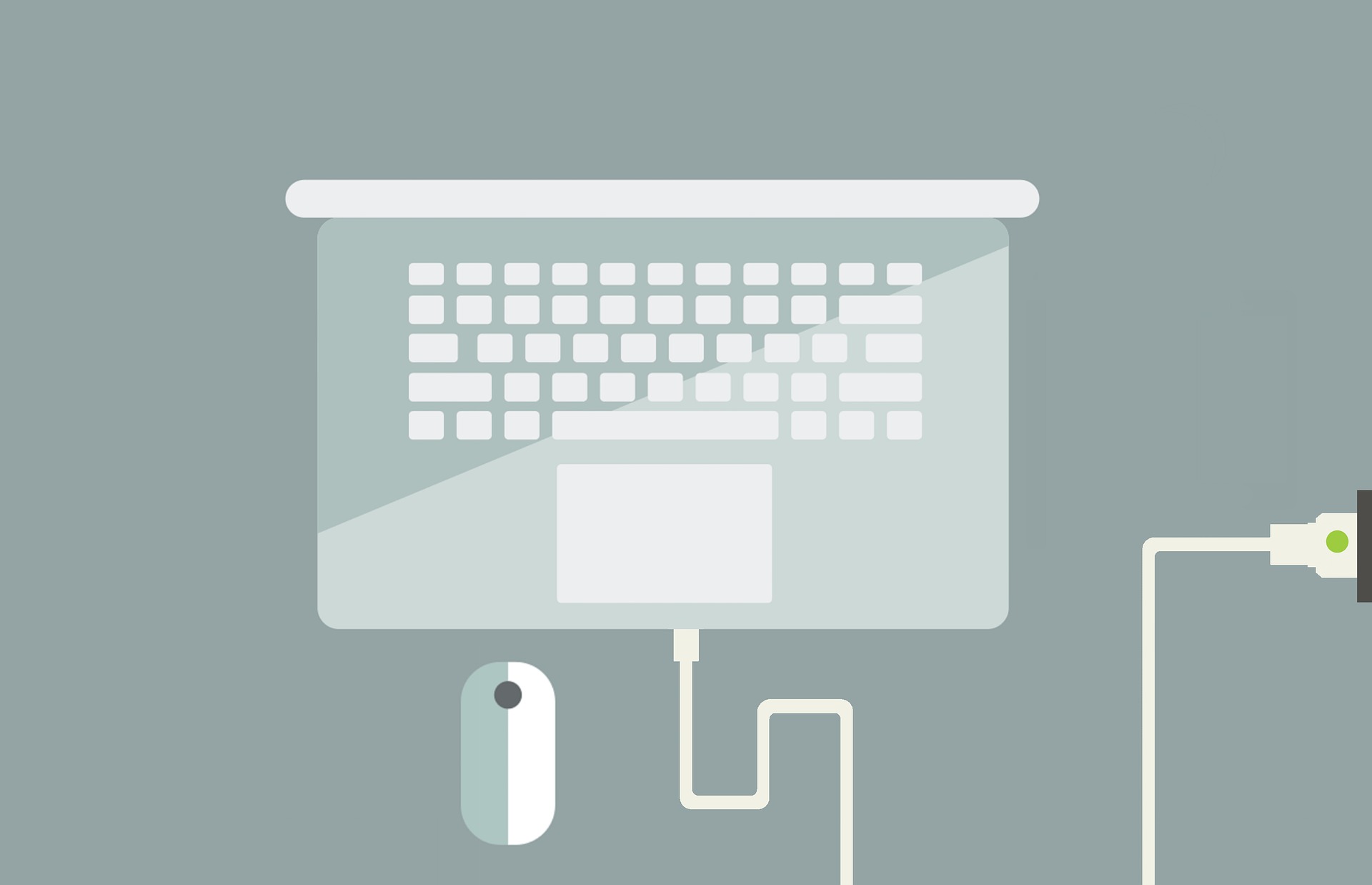
It is essential that all safety precautions are adhered to when charging any kind of battery; this includes using smart chargers specifically designed for use with lithium ion cells such as lifepo4 batteries. Following these guidelines will help maintain peak performance from your rechargeable device over its lifetime.
Optimal Voltage And Current Requirements
The voltage and current requirements of a LiFePO4 battery are as delicate, yet powerful, as the technology they power. Charging them optimally helps to ensure that their performance remains consistent over time. When it comes to charging lifepo4 batteries, there's an optimal voltage and current requirement for each cell or module depending on the type of charger being used.
For most applications, the optimal charge rate is between 0.5C and 1C (where C stands for capacity), with maximum peak voltages ranging from 3.2V-3.6V per cell at a full charge depending on the chemistry used in each particular cell/module design. This means that you should never exceed either of these values when charging your lifepo4 batteries; doing so can cause damage to both the cells themselves and any equipment powered by them.
Additionally, the temperature during charging should not exceed 45 degrees Celsius in order to prevent any safety-related issues due to excessive heat build-up inside the battery pack.
When designing your own system for charging lifepo4 batteries, make sure you clearly understand how much voltage and current is required before attempting to do so. If unsure what this value should be, consult a knowledgeable source or manufacturer guidebook specific to your application before proceeding - improper charging can result in unexpected problems down the line such as fire or explosion risks if done incorrectly!
As long as you follow all necessary precautions while adhering to recommended voltage & current limits outlined above, your lithium iron phosphate (LFP) battery will remain healthy throughout its life cycle while providing reliable energy storage solutions where needed most.

Types Of Chargers
Charging a lifepo4 battery is not as straightforward as one might think. The type of charger used makes all the difference in terms of safety and performance. To ensure proper charging, understanding the different types of chargers available on the market today is key.
| Type | Description |
|---|---|
| Battery Charger | A traditional battery charger charges at a constant current or voltage. It can be inefficient if left plugged in for long periods without monitoring. |
| Lifepo4 Charger | A dedicated charger designed to charge lithium iron phosphate (LiFePO4) batteries with precise control parameters. Typically includes temperature compensation and other features that help protect the battery from overcharging, undercharging, and other potential hazards associated with incorrect charging techniques. |
| Smart Charger | A type of battery charger that uses advanced technology to optimize the charging process, providing fast, safe and efficient charging for a wide range of battery types. It typically includes features such as microprocessor-controlled charging algorithms, overcharge protection, and automatic shut-off when the battery is fully charged. For example, electric vehicles often use smart chargers. |
| Multi-Stage Charger | A multi-stage charger is a type of battery charger that uses a charging algorithm to charge the battery in several stages, each with a different charging rate and voltage. The charger adjusts the charging process based on the battery's state of charge and temperature, providing fast and efficient charging while also ensuring the battery is not overcharged or damaged. Such as marine and RV battery systems which require a multi-stage charging process to avoid sulfation and ensure they are fully charged. |
| Universal Charger | This type of charger has many advantages; they are small, lightweight and portable making them an ideal choice for people who need maximum mobility without sacrificing quality performance or safety standards required for their specific application requirements(e.g., electric vehicles). Additionally, universal chargers generally feature multiple input ports allowing users to easily switch between different types of batteries depending on what’s needed at any given moment another great advantage for those who may require frequent changes in their setup(e.g., solar panel systems). |
In summary, there are several options out there when it comes to choosing a battery charger for your lifepo4 battery pack; some offer greater versatility than others depending on the user’s needs so consider carefully before selecting which one best suits your project requirements!
The Charging Process
Now that you have the right charger for your LiFePO4 battery, it's time to learn how to properly charge it. Charging a LiFePO4 battery is slightly more complicated than charging other types of batteries because its voltage and current requirements are unique.
The first step in proper LiFePO4 charging is determining the optimal voltage level.
Generally speaking, this should be no higher than 3.6 volts per cell (or 14.4 volts total). This will keep the cells from overcharging and potentially becoming damaged or even exploding. It's also important to not let the voltage fall too low - if it falls below 2.8 volts per cell (or 11.2 volts total), irreparable damage may occur.
So, when connecting your charger to your battery, make sure to set the correct voltage before proceeding with any further steps.

Next comes the process of setting up an appropriate current limit for your LiFePO4 battery pack based on capacity and temperature ratings provided by manufacturer guidelines.
Current limits vary depending on various factors such as ambient temperature and type of load used during the discharge cycle but typically range from 0.5C-1C max continuous output rate where C stands for rated capacity in Amp-hours (A·h) divided by 1000Ah/1000 = Amp rating for 1 hour(1C).
If these values cannot be determined accurately then one must use caution when selecting a maximum safe current limit as exceeding this value can cause irreversible damage to individual cells within the pack due to overcharge which could lead to catastrophic failure of the entire system!
Finally, once all settings are confirmed start charging at 4Amps until the voltage reaches peak then gradually reduce current while monitoring both temperature and state-of-charge (SoC) readings every few minutes until full capacity has been reached safely without risking potential harm caused by improper charging procedures - this ensures optimal life expectancy out of your valuable investment into reliable energy storage technology!
Avoiding Overcharging
Charging lithium-ion batteries, such as Lifepo4, is a delicate process that requires precision to ensure proper charging. In order to prevent overcharging Li-Ion batteries, it’s important to understand the dangers of overcharging and how to avoid it. Overcharging can cause permanent damage or even an explosion in some cases.
The most effective way of avoiding this issue is by using a proper battery charger with built-in safety features like a current limiter or temperature sensors. This will help you limit the amount of charge going into the battery and keep it from getting too hot during the process. Additionally, monitoring voltage levels throughout the charging cycle is critical for preventing overcharge. If your charger does not have these features, be sure to check the voltage regularly while charging and stop when necessary.
Finally, don't forget to disconnect your battery after fully charged; leaving it connected can increase its temperature and put additional strain on it leading to decreased performance and a shorter lifespan. With the right knowledge and precautionary measures, you'll be able to safely charge any LiFePO4 Battery without fear of damaging them due to overcharging.
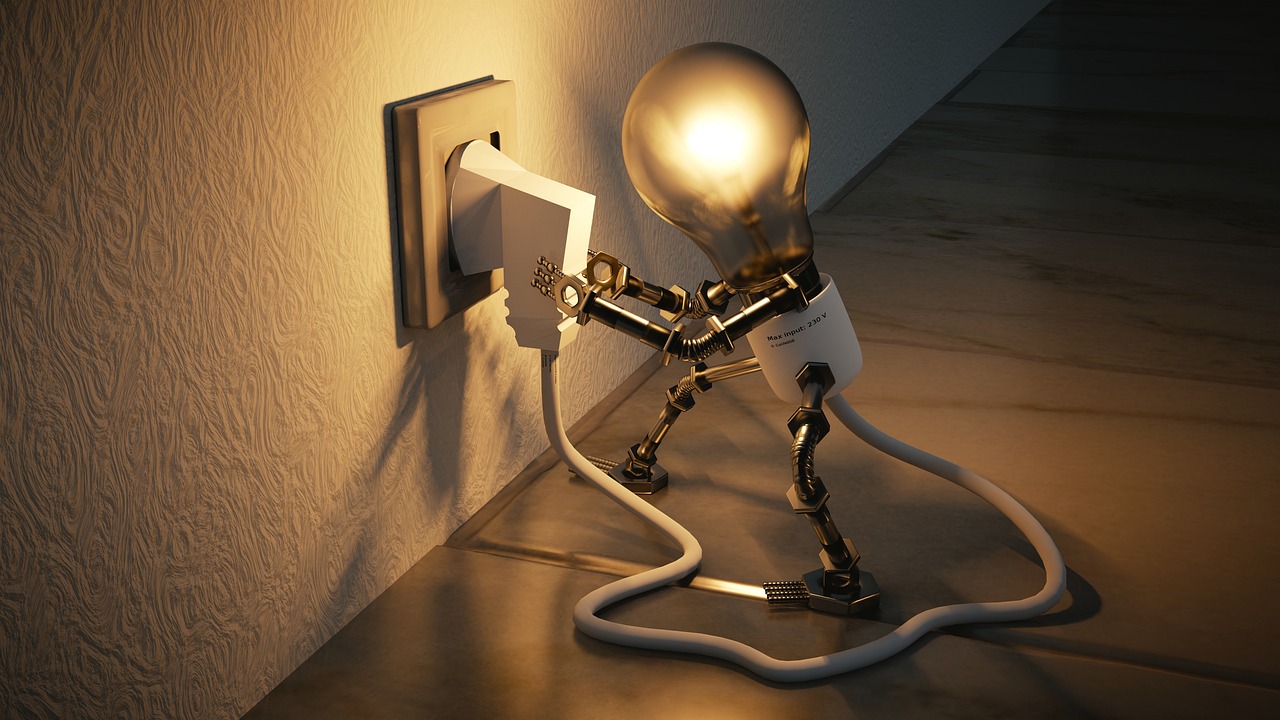
Standard Charge Method
Charging a LiFePO4 battery is best done using the Standard Charge Method. This method involves charging at a constant voltage, with an added current limitation to prevent overcharging. It's important that this charge method be used properly in order for the battery to reach its full potential in terms of performance and longevity. Here are some key points about Standard Charge Method:
- The charging voltage should be between 3.2V and 3.6V per cell in order to ensure optimal capacity retention and cycle life.
- A current limit should be set so that each cell does not receive more than 2C (twice its rated capacity).
- Charging time will vary depending on the size of the battery, but typically it can take up to 3-8 hours or more until the cells are fully charged.
By following these steps when charging your LiFePO4 battery, you'll be able to make sure it gets maximum performance while also ensuring its long-term usability. By taking care when charging your lithium iron phosphate batteries, you can rest assured that they will provide reliable service for many years down the road!
Constant Voltage Method
The constant voltage method of charging. The Holy Grail for those looking to get maximum efficiency from their Lifepo4 battery! Whether you’re a hobbyist or an expert in battery technology, this is one tool you can use to really maximize your charge cycles and prevent overcharging.
So how does it work? Well, it's all about following the recommended voltage requirements specific to each type of Lifepo4 battery. This ensures that they’ll be charged at a steady rate throughout the entire process. Depending on the model specifications, typically these range between 3.2V and 3.65V per cell, with some exceptions going as high as 4V if necessary.
The key here is consistency - regulating both time and current input while monitoring temperature levels to ensure there are no overheating risks during charging. By controlling these factors accurately when implementing this method, you can rest assured your battery will reach its maximum capacity without being damaged or depleted too quickly over time.
In short: The constant Voltage Method is an invaluable technique for anyone hoping to make the most out of their Lifepo4 batteries and keep them running optimally for longer periods of time. It requires precision but pays off in dividends if done properly - giving you control over every step of the charging process so you can avoid potential hazards like unwanted thermal runaway events down the line.
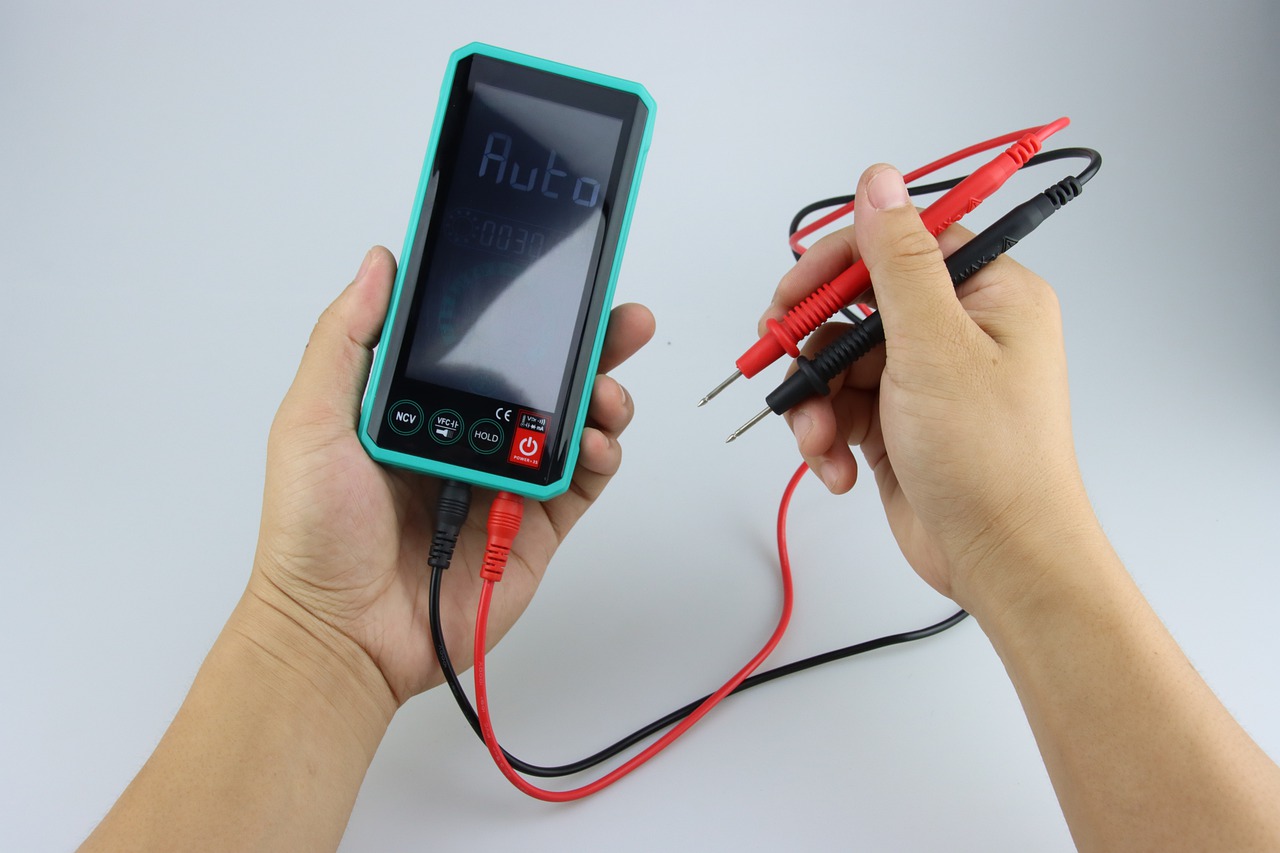
Constant Current Method
The Constant Current Method is the most common and efficient way to charge a LiFePO4 battery. It involves using a constant current source that adheres to the charging current requirements of the specific battery type. This method ensures that the battery will receive just enough energy at all times without overcharging or damaging it. The procedure begins with connecting the charger's positive and negative terminals to their respective connections on the LiFePO4 battery, followed by setting up the appropriate charging parameters.
Once these steps have been completed, monitoring should be done during the entire process to ensure that both voltage and temperature remain within acceptable ranges for safe operation. Care must also be taken to avoid sudden changes in either parameter as this could lead to damage of the cell or even fire hazards. By following these guidelines when utilizing the Constant Current Method for charging LiFePO4 batteries, you can rest assured knowing your battery will stay safe from harm while being properly charged and ready for use whenever necessary.
Trickle Charge Method
The trickle charge method is a dependable way to ensure that your LiFePO4 battery maintains its optimal performance. This approach, like the constant current charging technique, requires precision and care in order to be successful. The primary difference between the two methods lies in their respective amperage levels; while constant current charges at higher currents, trickle charge operates on relatively low levels of power output.
| Benefits | Challenges | Solutions |
|---|---|---|
| Low risk of overcharging batteries | Longer time for a full recharge | Monitor voltage regularly |
| Reduced likelihood of thermal runaway | Risk of undercharging if stopped prematurely | Use smart chargers with timer cutoff features |
| Maintains the long-term health of the battery | Decreased efficiency during cold weather conditions | Pre-heat or pre-cool batteries prior to charging |
It's important to note that this method enables users to maintain consistent energy flow into their cells without having to worry about reaching peak voltages. Furthermore, due to the lower wattage provided by trickle charge, it reduces the chances of damage coming from high temperatures caused by intense heat buildup within a cell. Finally, since one can monitor voltage more frequently with this method than they could with other forms of charging technology, they can rest assured knowing no harm will come upon their battery investments.
This particular strategy when implemented correctly offers numerous benefits and provides an excellent platform for those who wish to maintain control over their LiFePO4 batteries' well-being. It is therefore recommended as a viable option for anyone looking for reliable ways to keep their lithium iron phosphate cells functioning optimally for years ahead.
Charge Below 0℃
Charging LiFePO4 batteries at 0℃ temperatures below can be a tricky business. It's important to ensure that the charging temperature is kept in check, as low-temperature charging could lead to damage to the battery cells and even shorten their lifespan. Fortunately, there are several methods for safely charging your LiFePO4 battery when it gets cold.
The first step is to make sure you’re using a charger specifically designed for cold-weather charging. This type of charger will reduce the charge rate and help keep the temperature from dropping too low during the process. Additionally, if possible, try to place your LiFePO4 battery in an insulated container or box so that it stays warm while being charged. This will also prevent any potential damage due to extremely cold weather conditions.
Finally, don't forget about proper maintenance! Make sure you're regularly checking on your lifepo4 battery charge status and ensuring that all connections remain secure no matter what kind of environment they may get exposed to. This way, you'll have peace of mind knowing that your LiFePO4 battery will always stay safe and fully charged - no matter how cold things get outside!

Charging Batteries In Parallel
Charging batteries in parallel can be tricky, especially when dealing with LiFePO4 cells. It’s important to follow best practices in order to get the most out of your battery and protect it from damage. The first step is to make sure all the cells you plan on charging together are of the same chemistry and voltage rating. This ensures that every cell will charge at the same rate and prevent any unexpected reactions between different chemistries or voltages.
The next thing to keep in mind is temperature regulation. When charging multiple batteries in parallel, they generate additional heat which should be dissipated by proper ventilation or cooling systems. Keeping them within a safe operating temperature range is critical for maintaining their lifespan and preventing dangerous conditions like thermal runaways or explosions. Lastly, if possible use a smart charger designed specifically for LiFePO4 parallel charging so that each cell receives an equal amount of energy regardless of its state of charge (SOC).
When done correctly, paralleling LiFePO4 batteries has many advantages such as increased efficiency, reduced cost per kWh, faster charging times and improved overall system performance. Just remember to always adhere to safety protocols, monitor temperatures closely and ensure each cell is receiving an adequate supply of current throughout the process. With these guidelines followed, your battery pack should last longer while providing peak power output without fail!
Charging Batteries In Series
Charging batteries in series can be tricky business. But with the right approach, you’ll get it done without a hitch! The key is to make sure that each battery in the series is charged according to its individual voltage requirements. That way, all cells are equally charged and there's no risk of overloading any one cell. To do this correctly, use a series charging method that takes into account both the total capacity and the individual charge rate for each battery in the series. This ensures that each cell receives an appropriate amount of current based on its own specifications.
When employing a series charge process, always pay close attention to safety measures such as proper ventilation or protection from short circuits. Additionally, monitor your system regularly during charging by checking voltages at regular intervals to ensure safe operation. Doing so will help prevent undue strain on components and reduce the risk of damage due to excessive heat buildup or incorrect voltage levels being applied.
Finally, keep in mind that when working with multiple lithium-ion (LiFePO4) batteries connected together in series, their combined capacity should never exceed what would normally be expected from a single LiFePO4 cell under normal operating conditions. Doing so could cause irreversible damage and potentially hazardous conditions if not properly monitored and managed throughout the entire charging process.
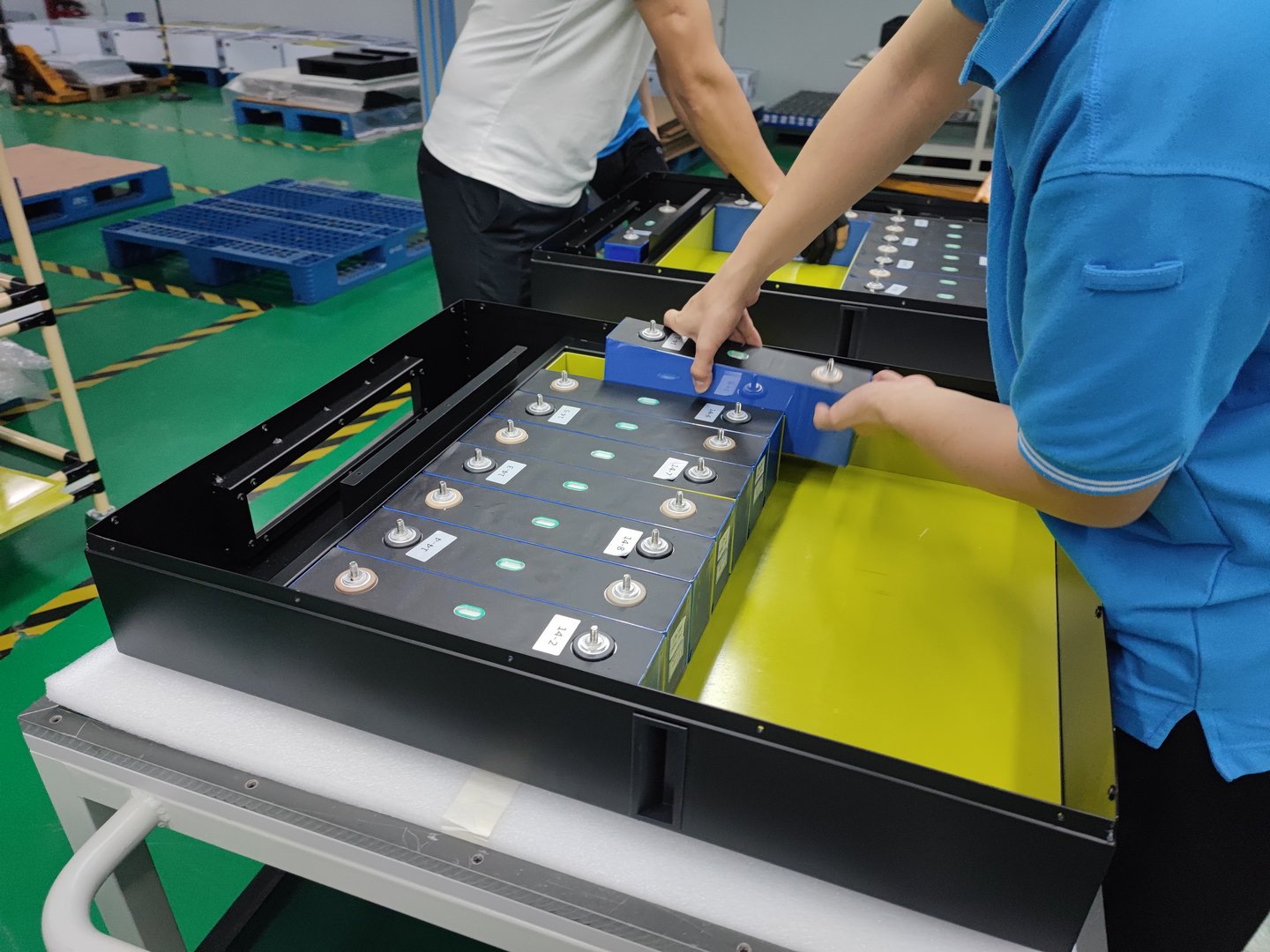
Conclusion
In conclusion, LiFePO4 batteries are a reliable and efficient energy source with unique charging characteristics. It is important to be aware of the optimal voltage and current requirements as well as safety precautions when handling these types of batteries. When determining which charger to use, it is important to keep in mind that different chargers have their own specific advantages and disadvantages.
Additionally, the best practices for charging multiple batteries in series or parallel should also be taken into consideration. As an expert in battery technology, I can confidently say that following these guidelines will help ensure a safe and successful charge every time. By being mindful of the details involved with proper LiFePO4 battery charging, you'll enjoy years of worry-free usage from your device's power supply!
